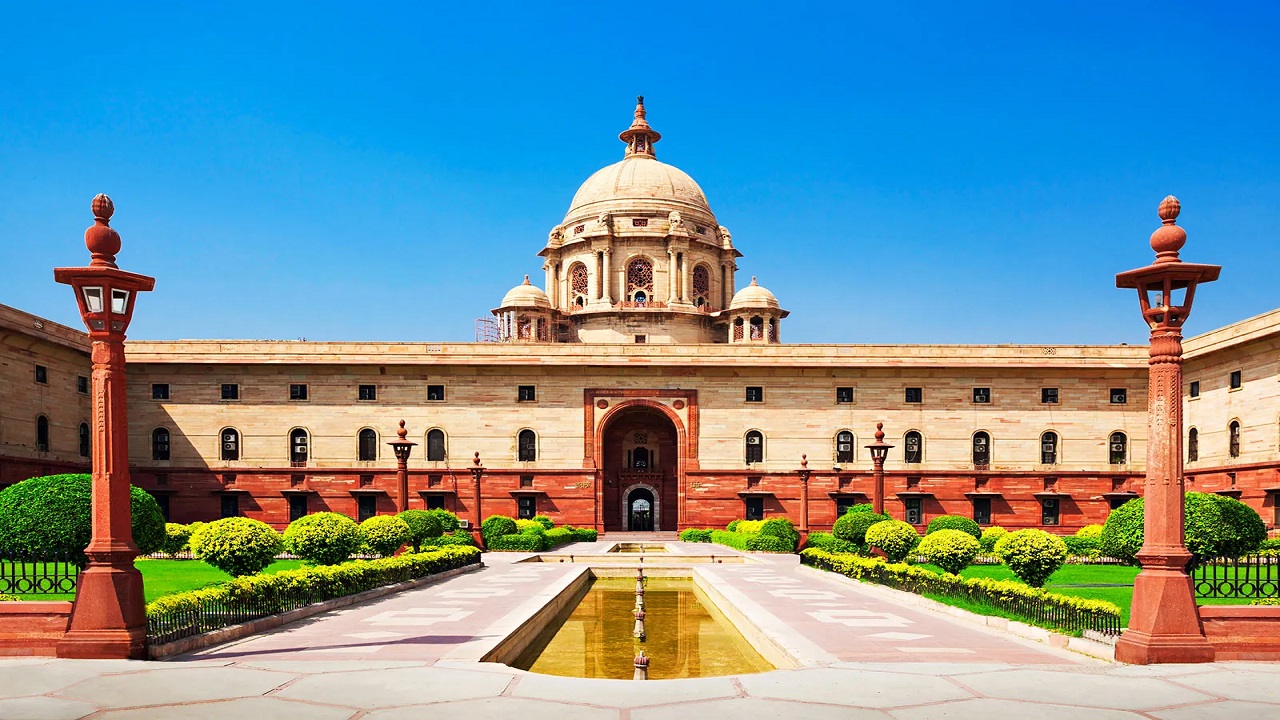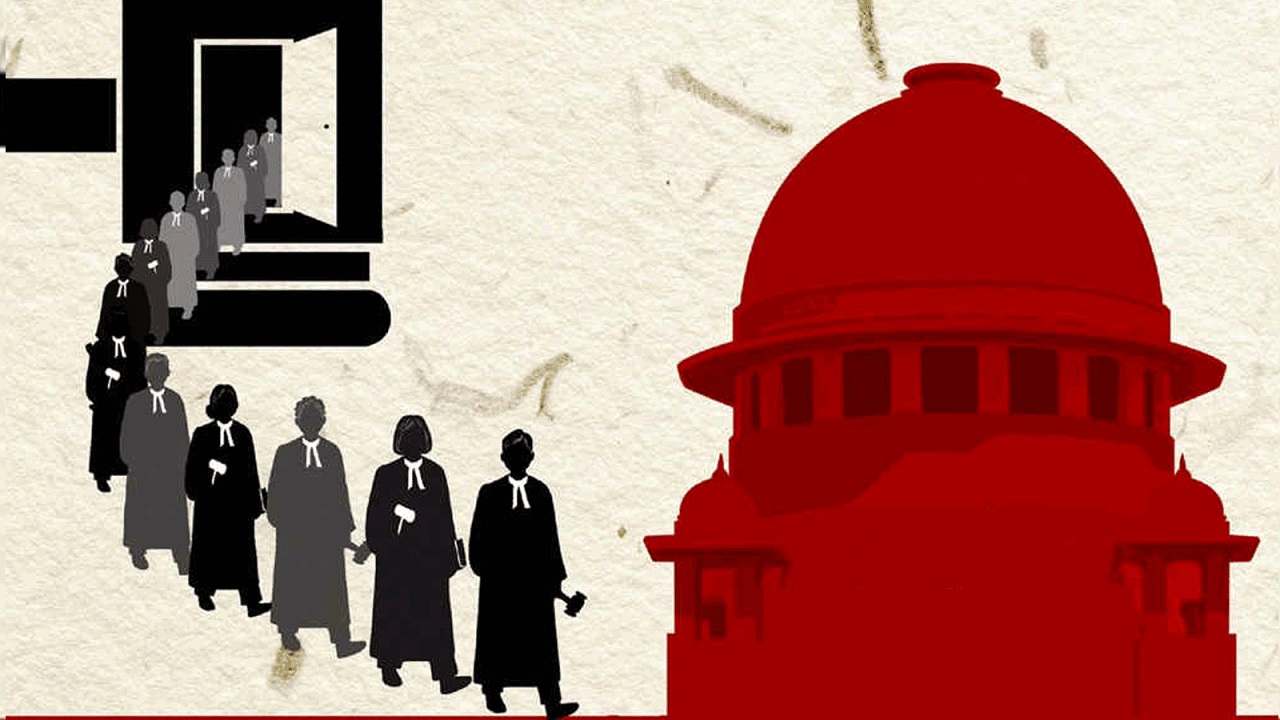Presidential Reference and Timelines for Assent: A Constitutional Dilemma
Introduction
On July 22, 2025, the Supreme Court issued notices to the Union Government and all State Governments in response to a Presidential Reference. The matter seeks the Court’s opinion on whether the President and Governors can be judicially compelled to act within defined timelines on Bills passed by State legislatures. A five-judge Constitution Bench, led by Chief Justice B.R. Gavai, is set to begin detailed hearings in mid-August.
What is the Presidential Reference?
-
The Reference originates from President Droupadi Murmu’s submission of 14 legal questions, following the Supreme Court’s April 8 verdict.
-
The verdict responded to a petition by the Tamil Nadu Government, challenging the Governor’s delay in assenting to 10 State Bills.
-
The Court held that the Governor’s inaction was unconstitutional and imposed judicially enforceable timelines for both Governors and the President.
-
The Presidential Reference now seeks clarity on whether courts can prescribe the manner and timeframe within which these constitutional authorities must act.
Can the Supreme Court Provide an Opinion?
-
Article 143(1) empowers the President to seek the Supreme Court’s advisory opinion on matters of public importance.
-
The Court may choose to answer or decline the Reference based on its discretion.
-
The Supreme Court must confine itself to the specific legal questions referred and cannot go beyond the scope of the Reference.
Can the Court Decline a Reference?
-
The Court has previously declined to entertain certain References. In Re: Special Courts Bill (1978), it held that the term “may” in Article 143(1) implies discretion.
-
In 1993, it refused to respond to the Ayodhya-Babri Masjid Reference, declaring it unconstitutional as it violated secular principles and had ongoing civil litigation.
Are Advisory Opinions Binding?
-
Advisory opinions are not binding precedents under Article 141, which governs binding law.
-
However, such opinions hold persuasive value and have influenced future rulings.
-
In R.K. Garg v. Union of India (1981), the Court treated an advisory opinion as effectively binding, despite earlier caveats against doing so.
-
Nonetheless, the April 8 judgment, issued under adjudicatory jurisdiction, remains legally binding and prevails regardless of any advisory opinion.
Can the April 8 Ruling Be Overturned via the Reference?
-
The Supreme Court in the Cauvery Water Dispute Reference held that Article 143 cannot be used to review or reverse settled decisions.
-
Judicial review of the April 8 verdict can only be sought through review or curative petitions.
-
However, in Natural Resources Allocation (2012), the Court acknowledged that Article 143 can be used to clarify or restate legal principles, as long as the core judgment remains untouched.
-
A 1998 Reference also led to modifications in the functioning of the collegium system, without overruling the 1993 judgment on judicial appointments.
Conclusion
The ongoing Presidential Reference marks a significant constitutional moment, focusing on the separation of powers and the functional accountability of constitutional heads. While the Supreme Court’s April 8 ruling remains binding, the Constitution Bench now has an opportunity to refine, elaborate, or clarify the law regarding the timely functioning of the President and Governors. However, any advisory opinion issued in this matter will not carry binding legal force, ensuring that the existing judgment continues to guide State-Centre legislative interactions.




Comments (0)